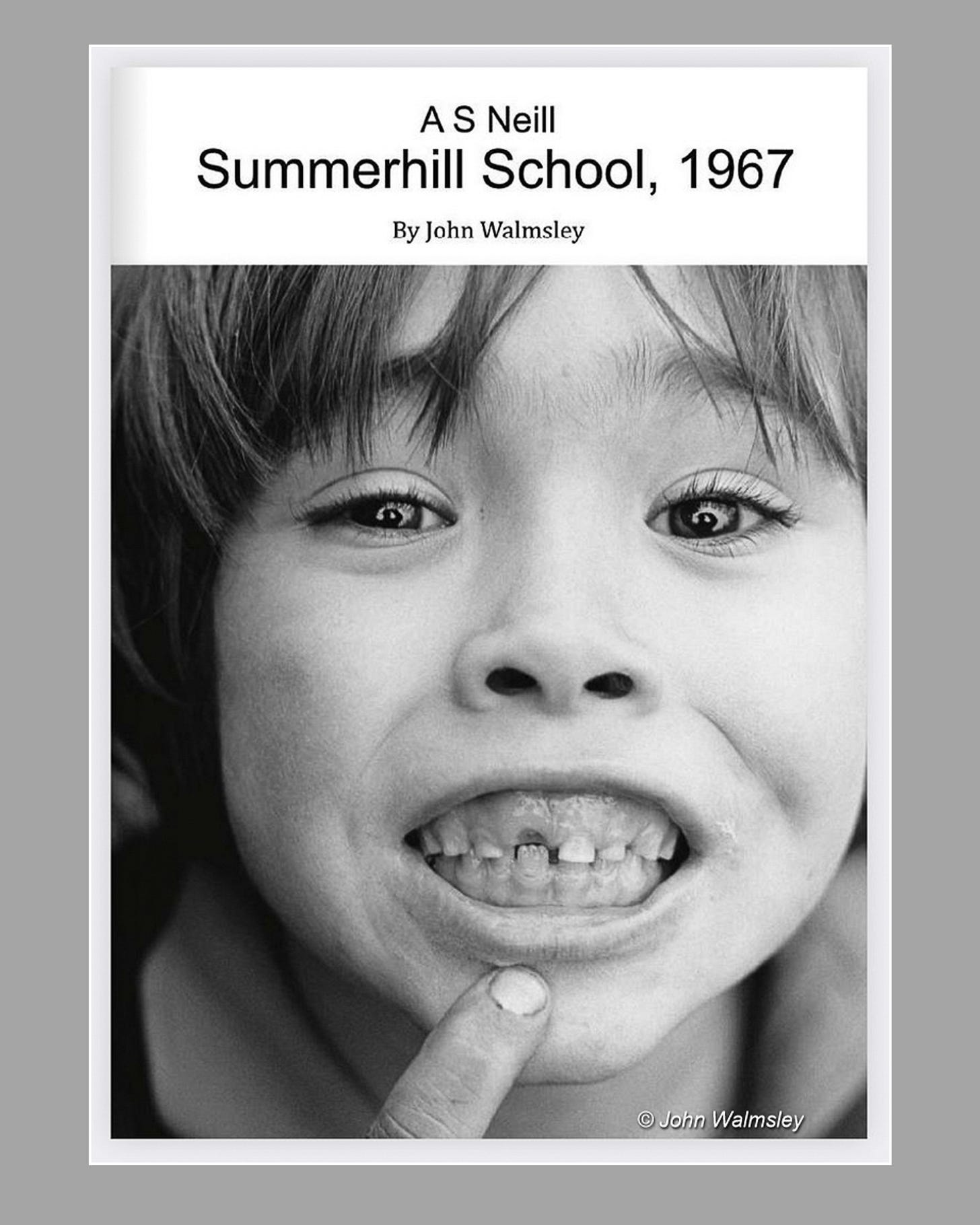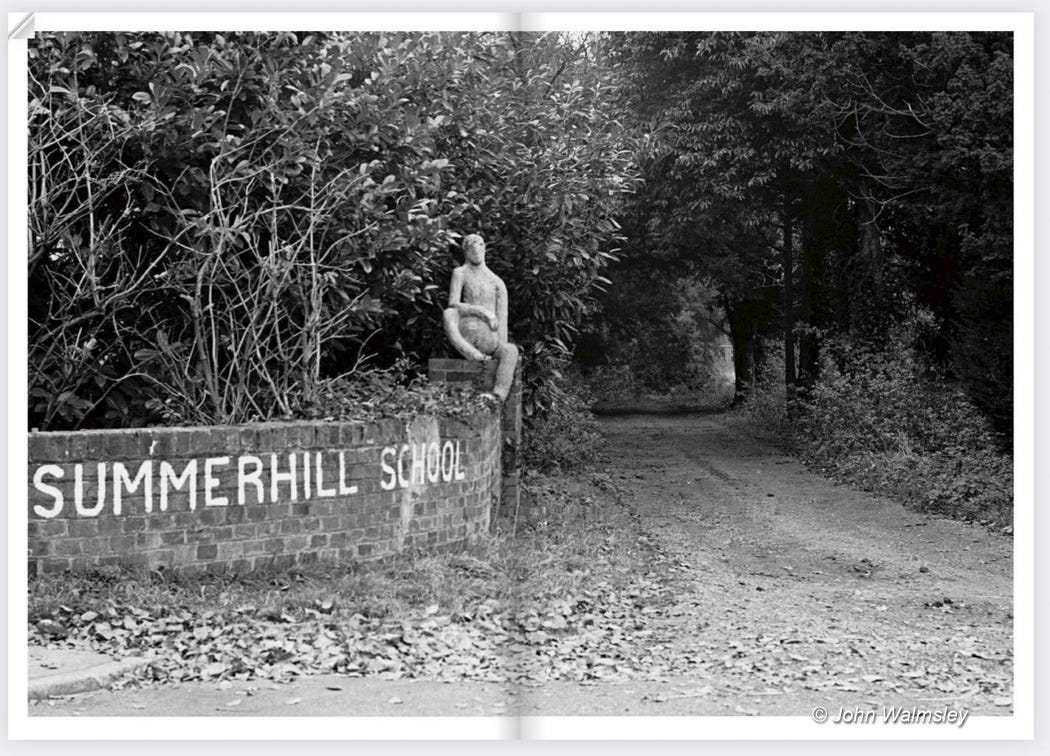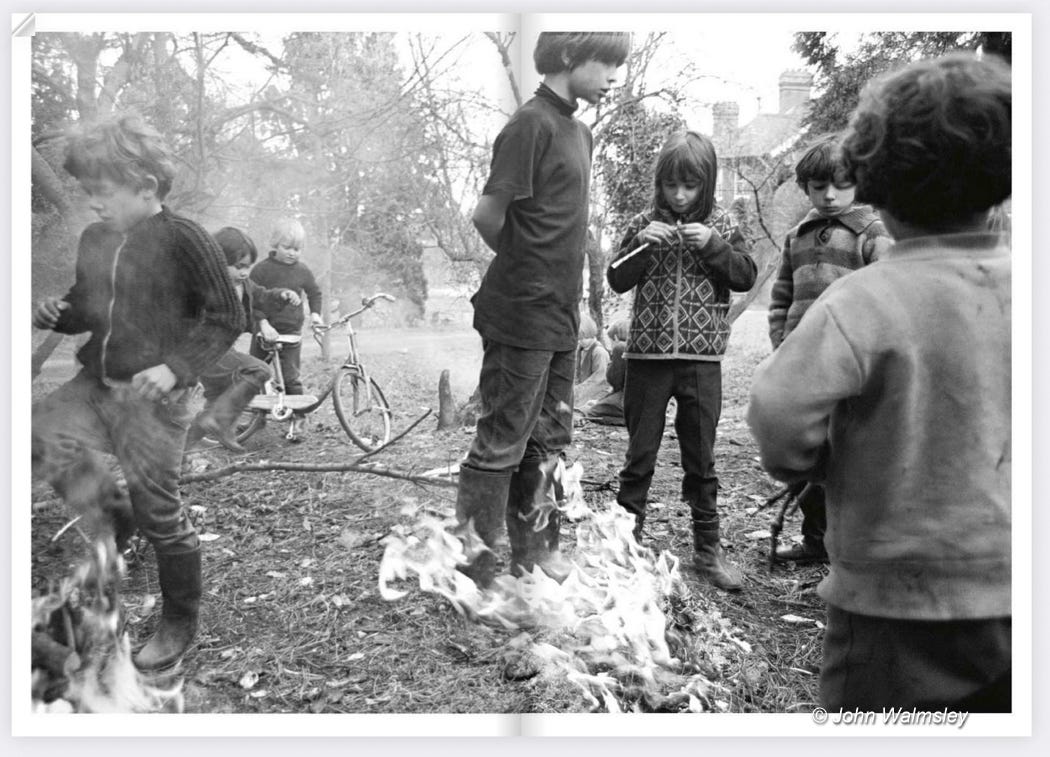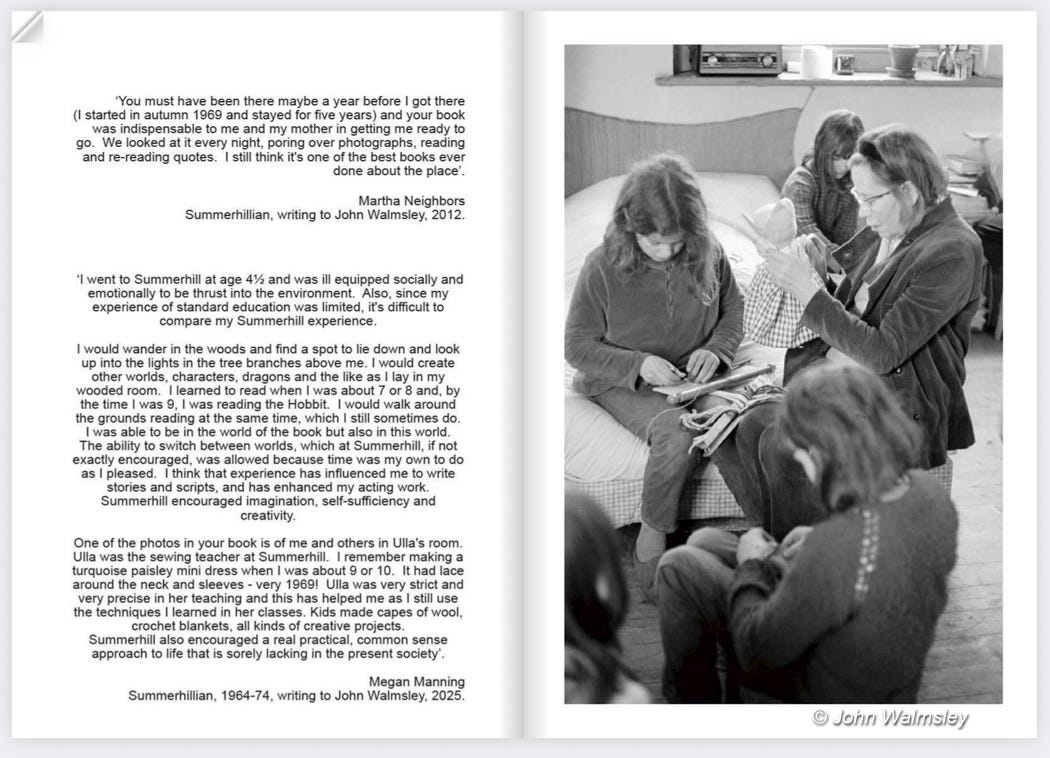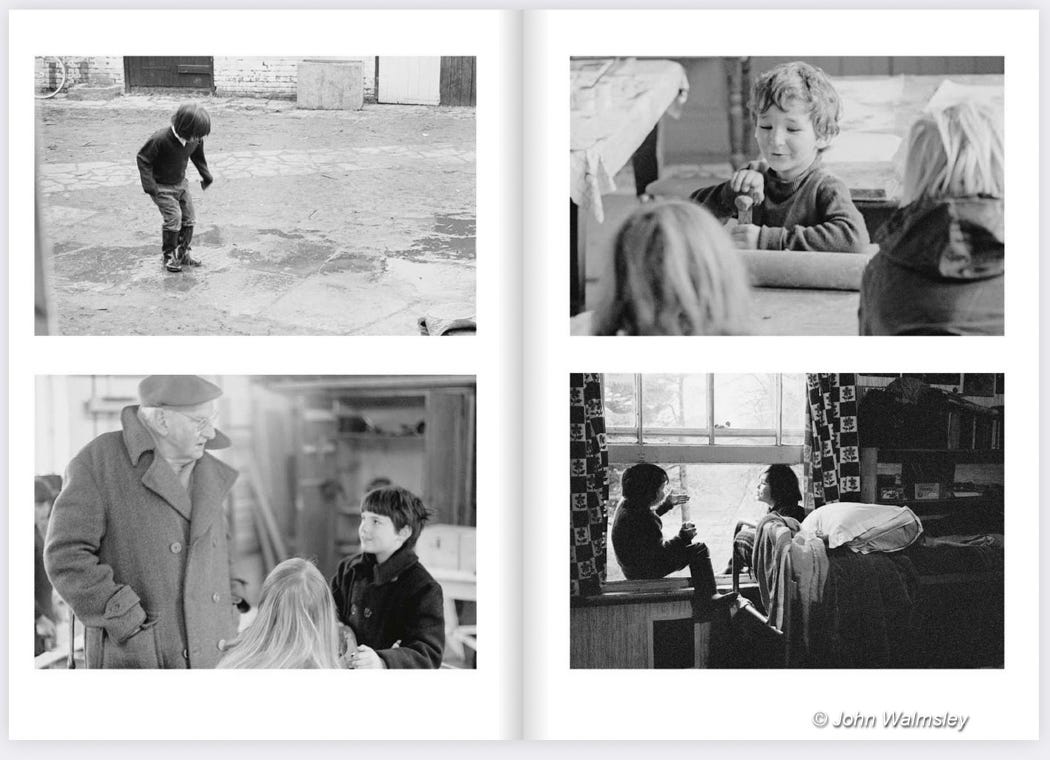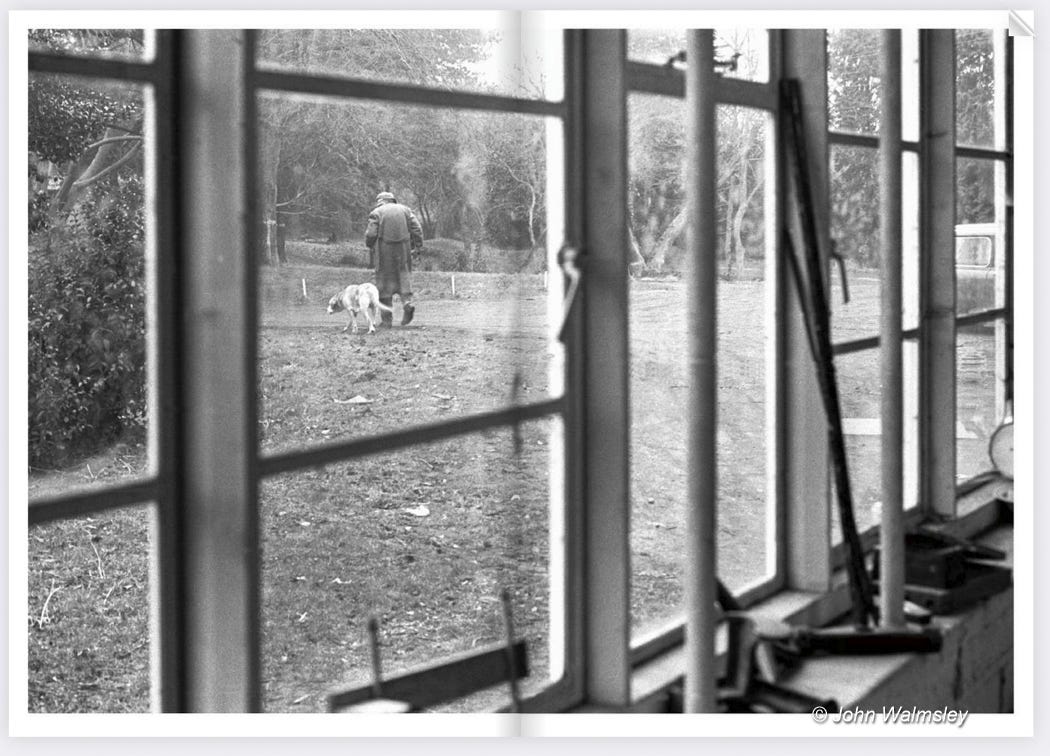All photographs and text ©John Walmsley.
How do people learn? How do people teach? How do you transfer the thought in one mind to another so it’s understood as intended? I’m not an academic but, since I was a teen at school, this has always interested me.
When I was 17-18 years old, I was in the Sixth Form of a Grammar School studying two Maths subjects and Physics. The school had bright kids who would go on to Oxbridge but also, ones who had just scraped in, like me. Somehow, the school, the teachers, accomodated both without the less academic ones feeling they were falling short. So, I fitted in, and enjoyed it.
Then, at the end of the first year in the Sixth Form, I hit a block. I knew what happened to water at 3.98 degrees Centigrade (Physics) but couldn’t see what this had to do with people, with life. Later, I understood how it did, but no-one was explaining that to me at the time. I stopped learning.
A friend and I had founded the school Camera Club and I realised I was enthusiastic about taking photos of people. It looked like it could be an interesting job, too, taking photos all over the place with all sorts of people and seeing how they lived. Looking ahead, the best college course in photojournalism was at an art school but here I was doing Maths and Physics, not ideal subjects for entry. Again, the teachers were accomodating and let me drop Physics for the final year and spend that time in the Art Department developing my design skills. In the event, I’m still the only person I know who got into art school with two Maths ‘A’ Levels, no other qualifications, and a bunch of photos under my arm. Much gratitude to my teachers!
The simple conclusion I drew from this was that people learn more if they’re interested in the subject. OK, this wasn’t an earth-shattering revelation to many but, it was my practical experience and would stay with me.
While at art school, I saw a play on TV about a school where you didn’t have to go to lessons if you didn’t want to. How could this be? I’d never heard of such a place. I read that it was based on A S Neill’s democratic school, Summerhill, so I wrote asking him if I could come and take photos and see how it worked. Over the next year, I spent three weeks shooting there and, right from my first arrival, felt like I belonged. The home comforts were limited, it’s true, but the kids seemed to care for each other more than at my own school and grew to handle making decisions relatively easily about how the place ran.
Typically, when a new kid arrived, they wouldn’t go to lessons but would do stuff in the grounds, build things, light bonfires, climb trees, ride their bikes, sit and read etc..
When they were 13 or 14, they had a clearer view of the road ahead and went to classes so they could get the exams needed to go to college and onto university, if they wanted, or out into the world of work.
In my professional career as a documentary photographer, I must have worked in hundreds of schools for textbook publishers and have seen the different styles of teaching in operation. Personally, I doubt the style of teaching matters much. But, more importantly, if you can get the child, the family and the school all wanting to read from the same page, then you’re more likely to have a good outcome. The child would be happier in such an environment and more likely to ‘Learn’. They would feel supported on all sides.
The photos I took then became my first photobook, Neill & Summerhill: a man and his work, a Penguin Education Special with a text written or collected by Leila Berg, published in 1969, the year after I left art school. It was well received but the print quality was poor.
So, I’ve just self-published a new, shorter version (A5, 40 pages, £7 +Del) as one of my new zines and with excellent print quality courtesy of modern technology. It includes, not only the photos, but also some of my original correspondence with Neill, several contributions from people who were kids there at the time and three drawings of Edinburgh buildings made by Neill when he was a young man trying to pay the bills.
To buy a copy (£7 +Del) of this or any of my other zines:
https://bit.ly/BuyWalmsleyZines
To buy one of my books:
https://tinyurl.com/BuyWalmsleyBooks
John Walmsley is a member of the National Union of Journalists and the Society of Authors. His work, in one form or another, is at the National Portrait Gallery, Tate Britain Library, the National Art Library at the V&A, the V&A Museum of Childhood, Liverpool Museum, la Bibliothèque nationale de France and the University of California, San Diego, Library.
With a wide range of other artists, he has recently taken part in group exhibitions in Sydney, NYC, Los Angeles, Arizona, Texas, Tbilisi, Sao Paolo, London, Glasgow, Edinburgh, France, Bangkok, Rome and Guildford.




